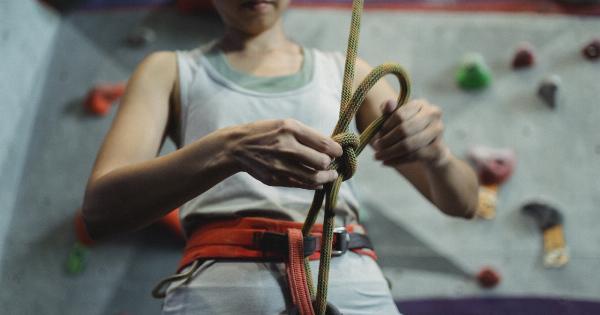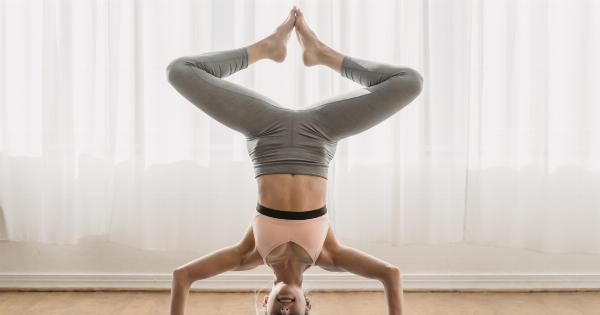Osteopenia is a condition where the bone mineral density is lower than normal. It is considered a precursor to osteoporosis, which is a severe bone disease.
Many people with osteopenia are concerned about whether they can exercise without risking further damage to their bones. The answer, in short, is yes, you can exercise with osteopenia, and there are many benefits to doing so. However, you should always talk to your doctor or a qualified healthcare professional before starting any exercise program.
The Importance of Exercise for People with Osteopenia
Exercise can play a crucial role in preventing osteoporosis and reducing the risk of falls and fractures in people with osteopenia.
Regular exercise can help maintain bone density, increase muscle strength and flexibility, and improve balance and coordination. It can also help manage other health problems related to osteopenia, such as joint pain and stiffness, and improve overall fitness and well-being.
The Types of Exercise for People with Osteopenia
There are many types of exercise that can be beneficial for people with osteopenia, including:.
- Weight-bearing exercise: Walking, jogging, dancing, and stair climbing are all excellent examples of weight-bearing exercise. These exercises help improve bone density and muscle strength.
- Resistance training: Strength training using weights, resistance bands, or your bodyweight is also helpful in improving bone density and muscle strength.
- Balance training: Exercises that improve balance and coordination can help reduce the risk of falls and fractures. Examples of balance training include yoga and tai chi.
- Aerobic exercise: Aerobic exercise such as swimming or cycling can also be beneficial in maintaining cardiovascular health and overall fitness.
Things to Consider When Exercising with Osteopenia
When exercising with osteopenia, it is essential to consider a few things:.
- Consult with your doctor or healthcare professional before starting any exercise program.
- Start slowly and gradually increase the intensity and duration of your exercise over time.
- Avoid high-impact exercises that may increase the risk of fractures, such as jumping or running on hard surfaces.
- Use proper equipment and footwear to avoid injuries and enhance balance and stability.
- Include resistance training in your exercise regimen to help strengthen muscles and bones.
- If you experience pain or discomfort during exercise, stop immediately and consult your doctor or healthcare professional.
The Benefits of Exercise for People with Osteopenia
Regular exercise can bring many benefits to people with osteopenia, including:.
- Increased bone density and decreased risk of fractures.
- Improved muscle strength and flexibility.
- Better balance and coordination, reducing the risk of falls.
- Reduced joint pain and stiffness.
- Improved cardiovascular health and overall fitness.
Conclusion
People with osteopenia can and should exercise to maintain bone density, improve muscle strength and flexibility, and reduce the risk of falls and fractures.
Before starting any exercise program, it is vital to consult with your doctor or a healthcare professional to design an exercise program that is safe and effective for you.






























